
"Not a hair's breadth off"
The “beginning” that I want to mention is more than 160 years ago, when a Quang Nam man witnessed and described the method to make a photograph in the West.
These descriptions are copied from the posthumous work of Truc Duong Pham Phu Thu, when he was present in Phan Thanh Gian's mission to France and Spain for 9 months from June 1863.
“First, rub the medicine into the mouth of the glass and then put it in the tube; the person standing in front looks straight into the mouth of the tube, the image of the person will be imprinted by the sunlight on the glass, without the slightest mistake” (“Journey to the West”, Literature Publishing House, Ho Chi Minh City - 2000, page 66).
“The method of photography” Mr. Pham recorded when the embassy arrived in Paris (France) on a day at the end of September 1863: “At that time, the mandarins dressed in formal court attire to go upstairs to take photos. The day before, Aubaret, the official in charge of welcoming the embassy, reported that the French President wanted to see the embassy’s photos, so the mandarins had called the photographer to be ready to take photos…”.
That is all the information about Western photography “techniques” recorded in “Journey to the West”. If we were to add more comments about Westerners’ photography preferences, or tell more about later photo shoots to give as gifts…
The three leaders of the delegation sent by King Tu Duc to France were also included in the first group of Vietnamese people to be photographed: Chief Envoy Phan Thanh Gian, Deputy Envoy Pham Phu Thu, and Assistant Envoy Ngu Khac Dan.
Nearly 20 years ago, during the reign of King Thieu Tri, Quang Nam welcomed a Western photographer to take pictures, and this photo was ranked among the first photos taken in Vietnam.
Dizzying change
“Journal d'un Voyage en Chine en 1843, 1844, 1845” by Jules Itier has a photo with the caption: “View of Non-Nay fortress of Dang Trong”.
Jules Itier was a member of the French delegation to China to sign the Whampoa Treaty. He took this photo when the ship carrying the delegation on its way back was ordered to make an emergency stop in Da Nang Bay at the end of May 1845.

In fact, that time Jules Itier took a total of 3 pictures in Quang Nam, including Non-Nay fortress, Da Nang bay and Ngu Hanh Son. But in the memoir, only one picture of the fortress was printed, becoming the first picture of a place in Dang Trong even though the Non-Nay fortress specimen “was not exposed enough so the image was not clear” as later experts analyzed…
The photo of Non-Nay Fort, also known as Fort Two, was taken using the daguerreotype technique. This was a new photographic technique invented in the West at that time, in which the image was directly displayed on a shiny copper plate covered with a layer of light-catching chemicals, not on a negative film.
Over time, the way of taking pictures gradually changed with successive and replacing inventions. From the original materials such as silver-plated copper and very thin iron plates, or paper and leather coated with light-sensitive chemicals, people moved on to using transparent plastic, and then replacing plastic with glass.
By the mid-late 19th century, paper film rolls shaped like tubes were born, and by the early 20th century, another type was introduced called “Safety film”…
In Vietnam, just counting the period from the days of the resistance war and lasting until after 1975, the changes were also dizzying. Many veteran photographers and war reporters have recounted how they had to struggle to buy cans of Methol, Hydnoquinon, Sodium Sulfite, Hypo... to mix into film developer, then make their own darkrooms right on the boats to bring to the war zone.
Journalists and photographers still had to "go along" with film cameras until digital cameras appeared after 1980. Now, smartphones have increased convenience, helping reporters become more versatile when working with multimedia.
And then, artificial intelligence (AI) entered the picture, adding a new "perspective" to photojournalism.
Technology: Limits and Explosions
“Photo created by AI”, “photo made by AI”… captions like these are appearing more and more in daily newspapers. An editorial secretary shared that, with sensitive topics such as technology fraud, staged photos like the crooks wearing black scarves have become boring and old.
So, to have a slightly different image to illustrate the article, it was AI’s turn to step in. Technicians took action, “commanding” the AI image creation software to operate according to their will.
An American took a classic snapshot from a house party using AI and it went viral last year. These “artificial” photos of course have some flaws, such as incorrect shapes. The human face in the photo, which at first glance looks real, is actually the result of the machine combining many other faces.
There are many utilities to support users, including journalists, if they want an illustrative photo. The method of creating photos using AI is also widely shared by experts.
Just have a tool, software (AI image generator), give an idea (enter a description command)..., the machine learning model will scan millions of images and linked text to predict which image is suitable and then create a completely new image. Try searching for the best AI image generator tools today on Google, you will immediately be advised with a series of methods.
But in one search engine, there are lines that say: “You can use the image but you are not allowed to copyright it because others can also use this image for their personal or commercial purposes”.
Like illustrations that are inherently limited to sensitive topics or photos of a classic home party…, all accept the limitations of technology.
It took humans 150 years to create 15 billion photos, starting from the time the first photo appeared in the world (around 1826) to the time the 15 billionth photo appeared (in 1975). Meanwhile, in just 1 year, AI models have created about 15 billion photos. This reliable data was recently published by the photography magazine Everypuxel Journal.
Source: https://baoquangnam.vn/khuon-mat-moi-cua-anh-bao-chi-3136781.html











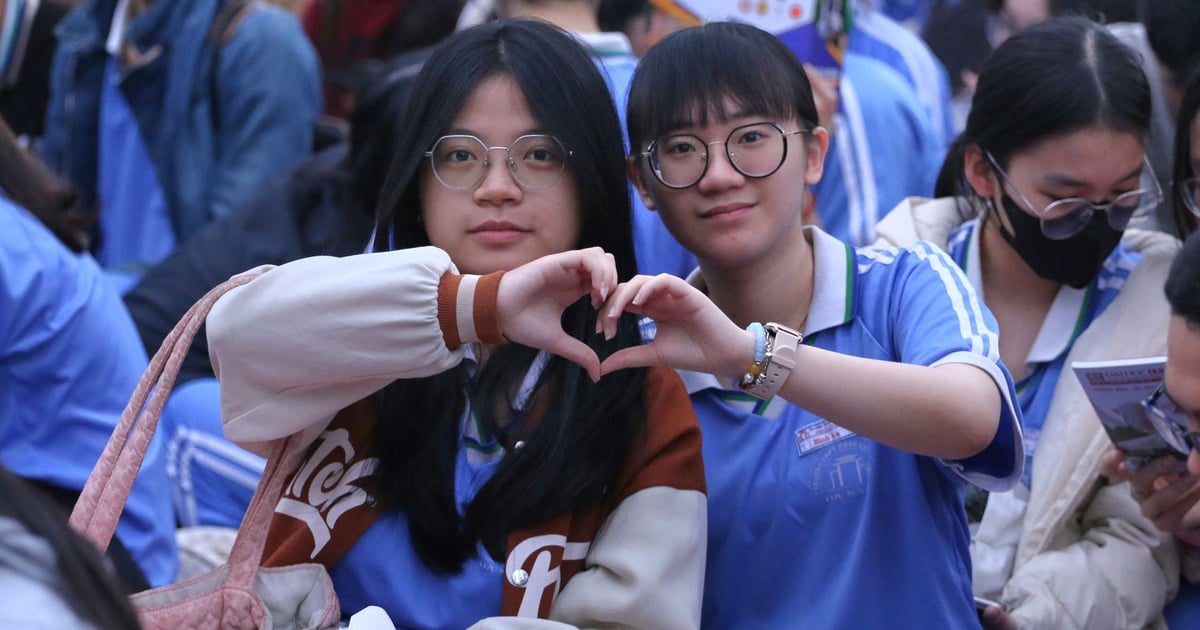

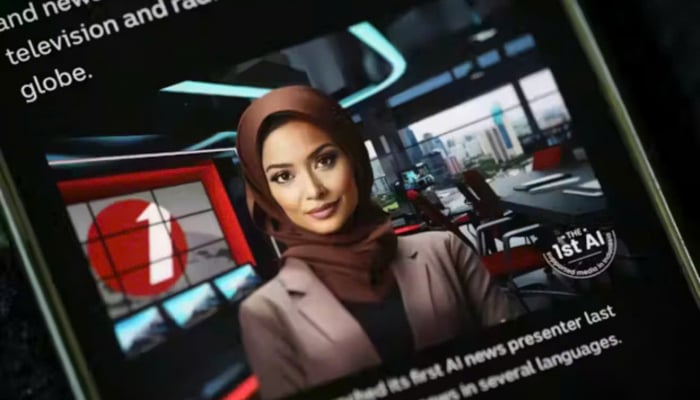

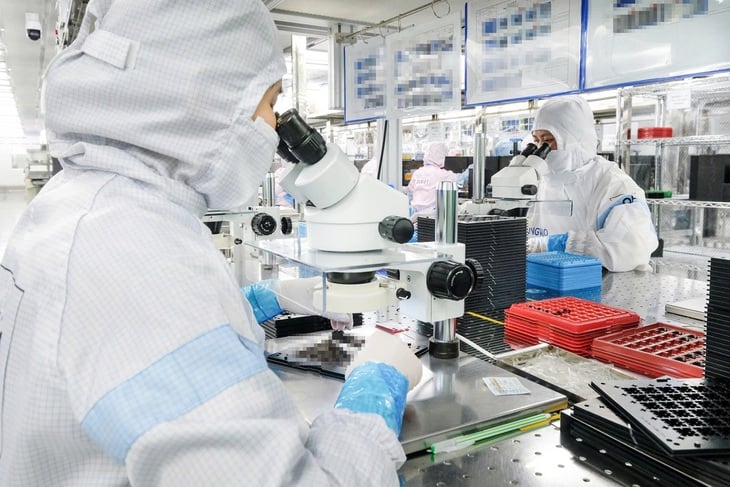

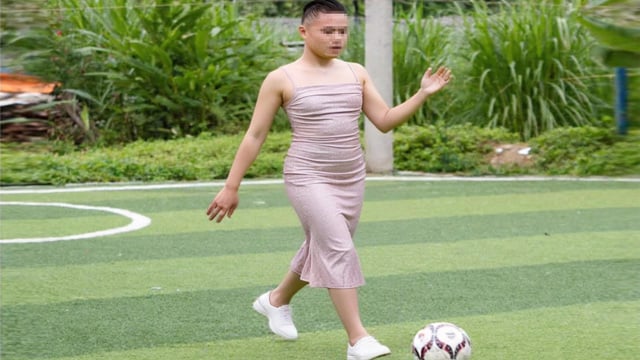







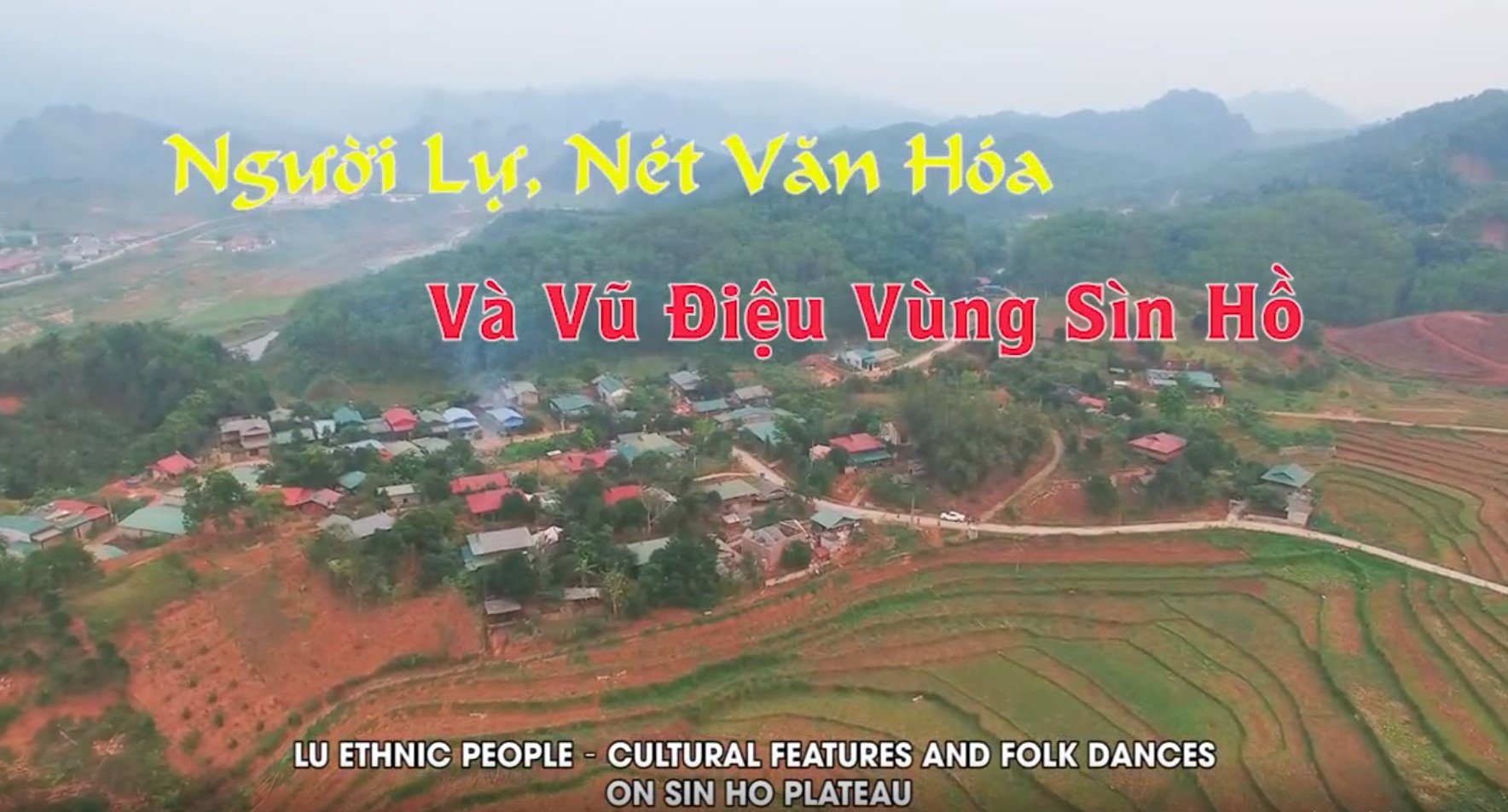
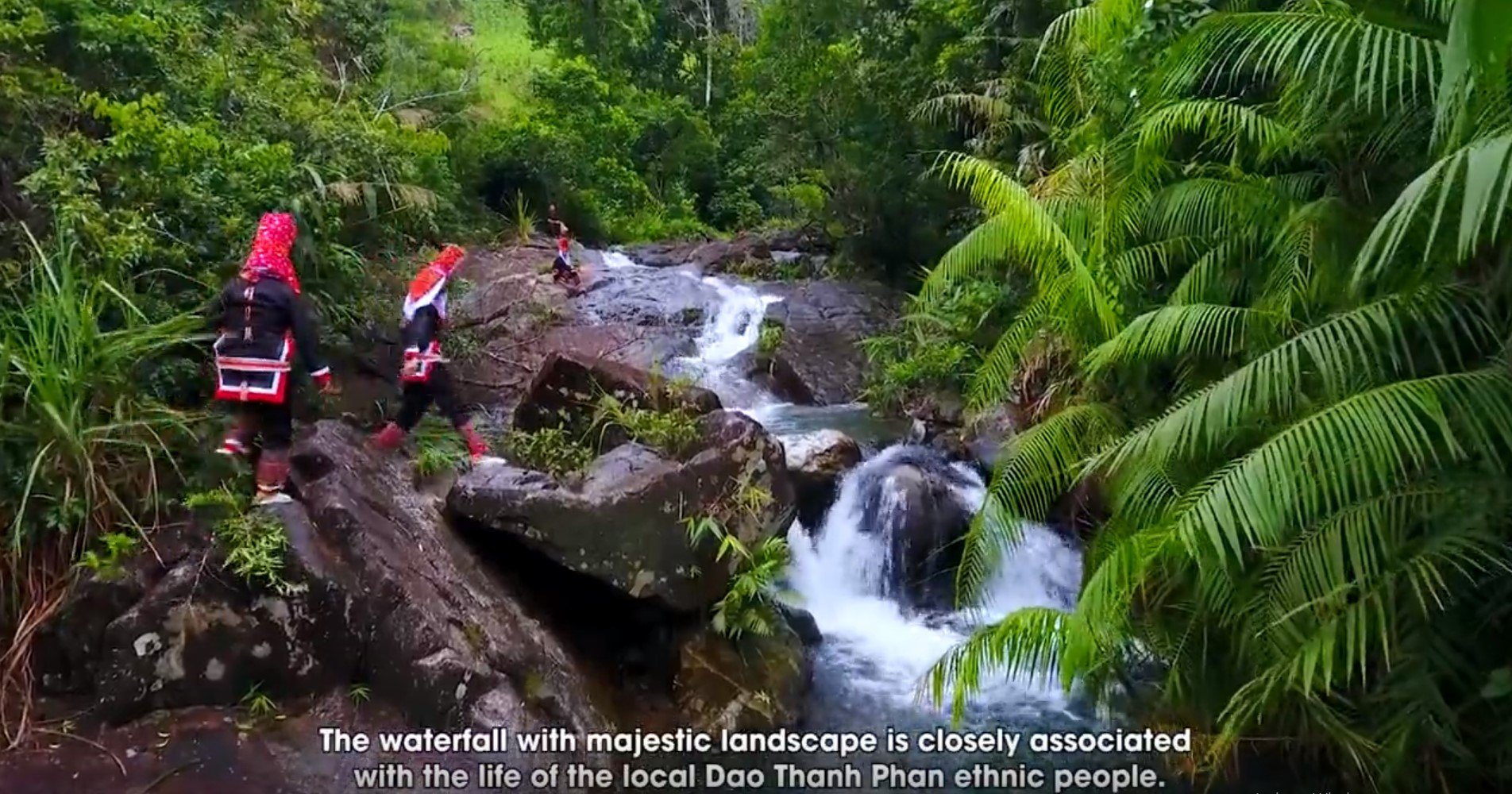


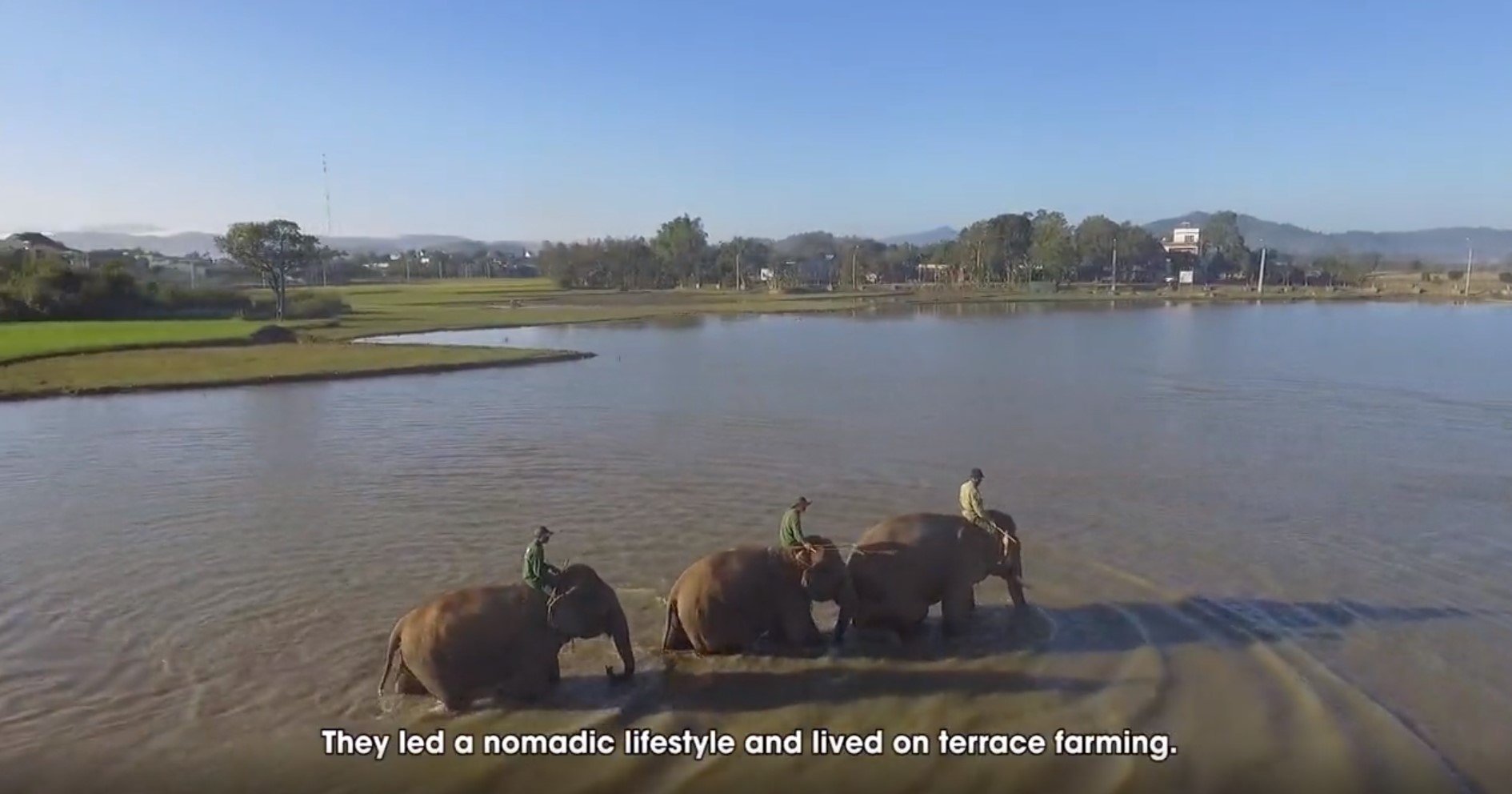
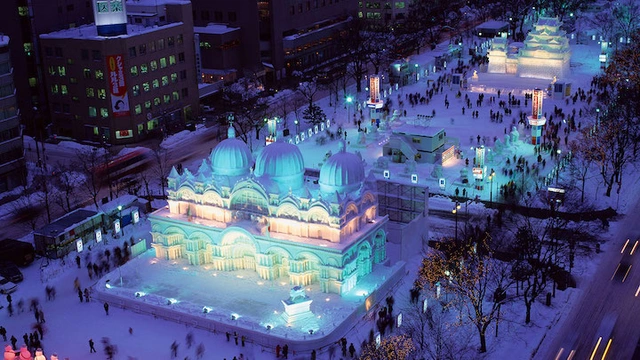







![[Photo] Prime Minister Pham Minh Chinh chairs Government Conference with localities on economic growth](https://vstatic.vietnam.vn/vietnam/resource/IMAGE/2025/2/21/f34583484f2643a2a2b72168a0d64baa)







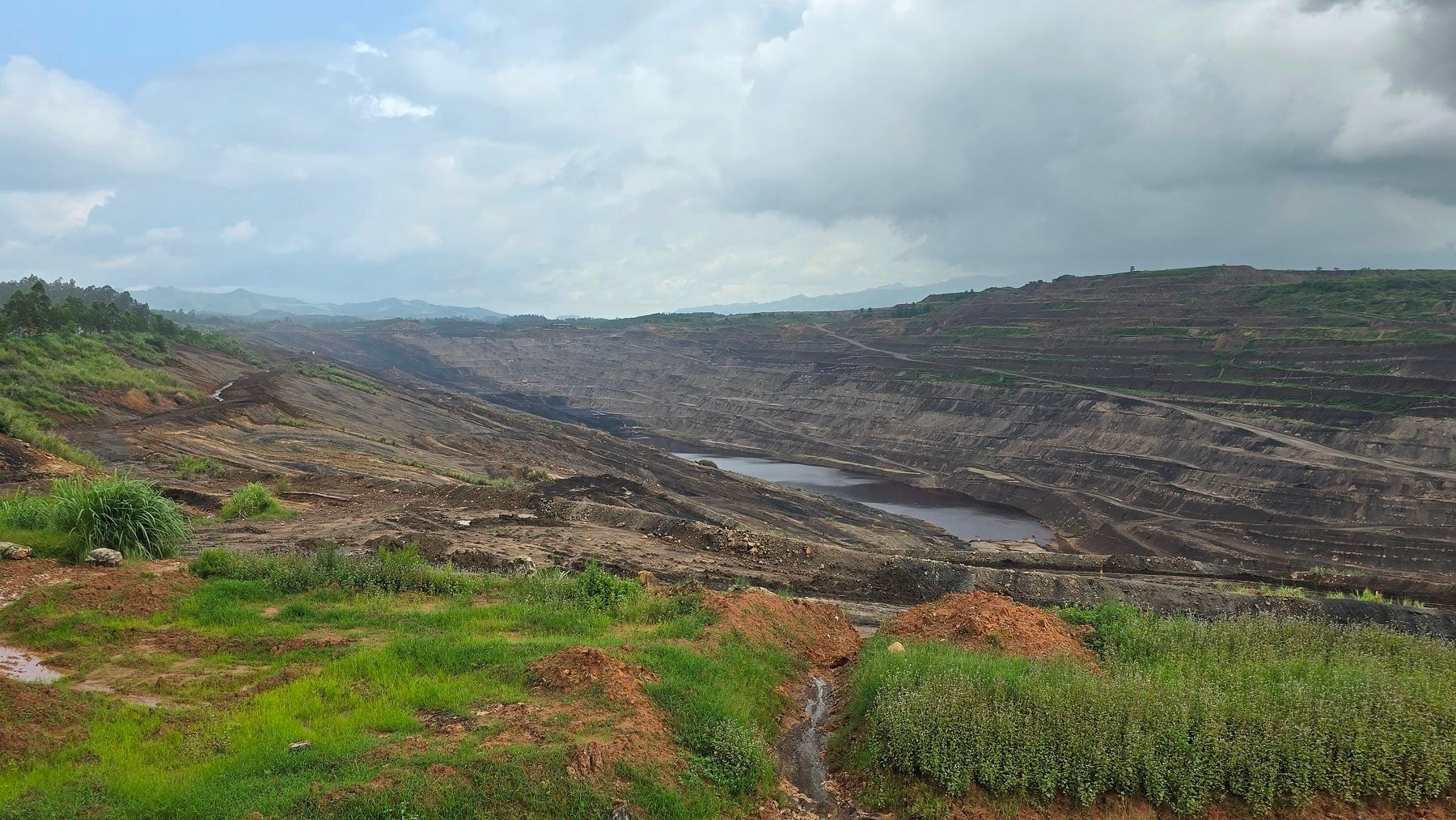
















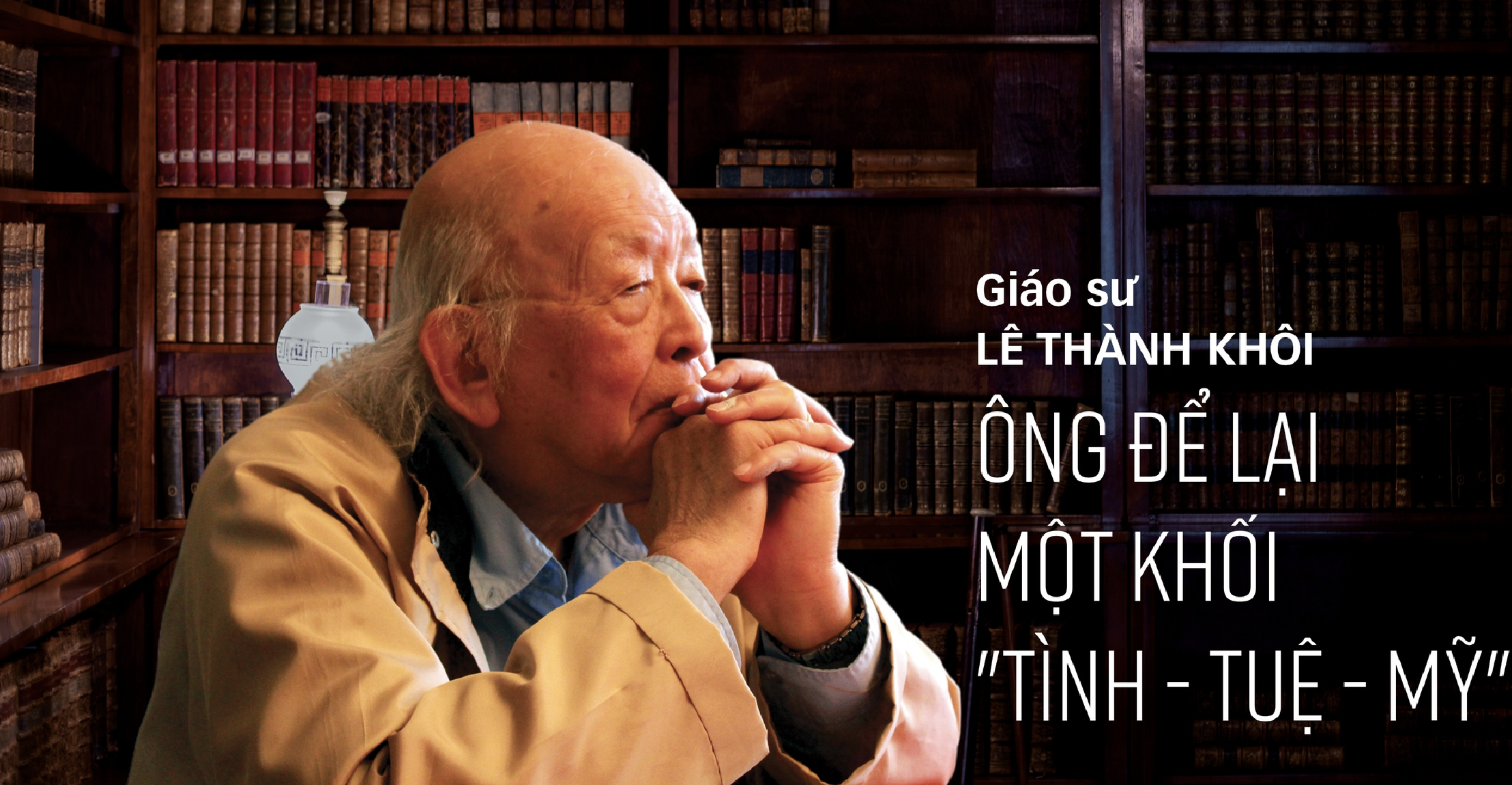


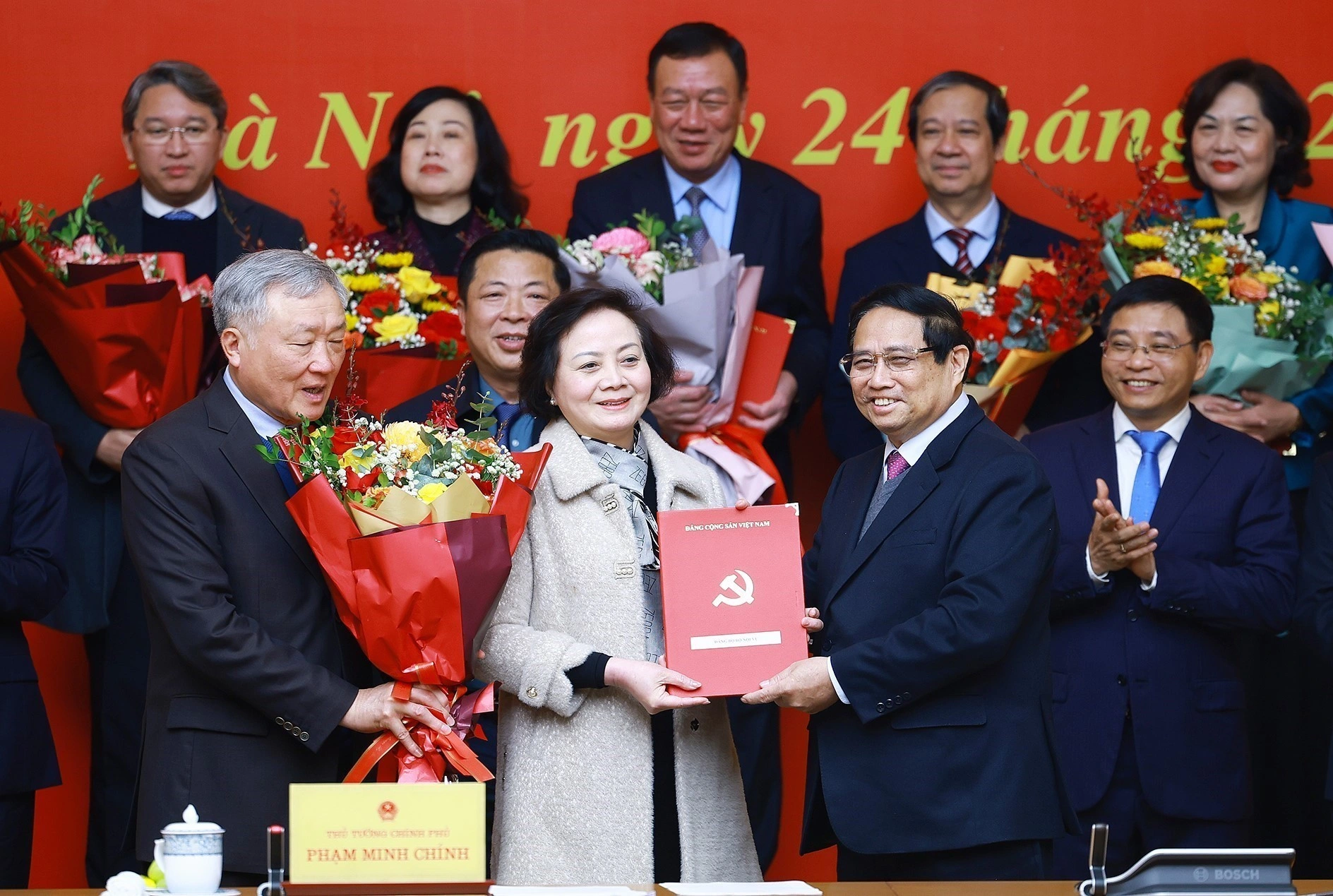
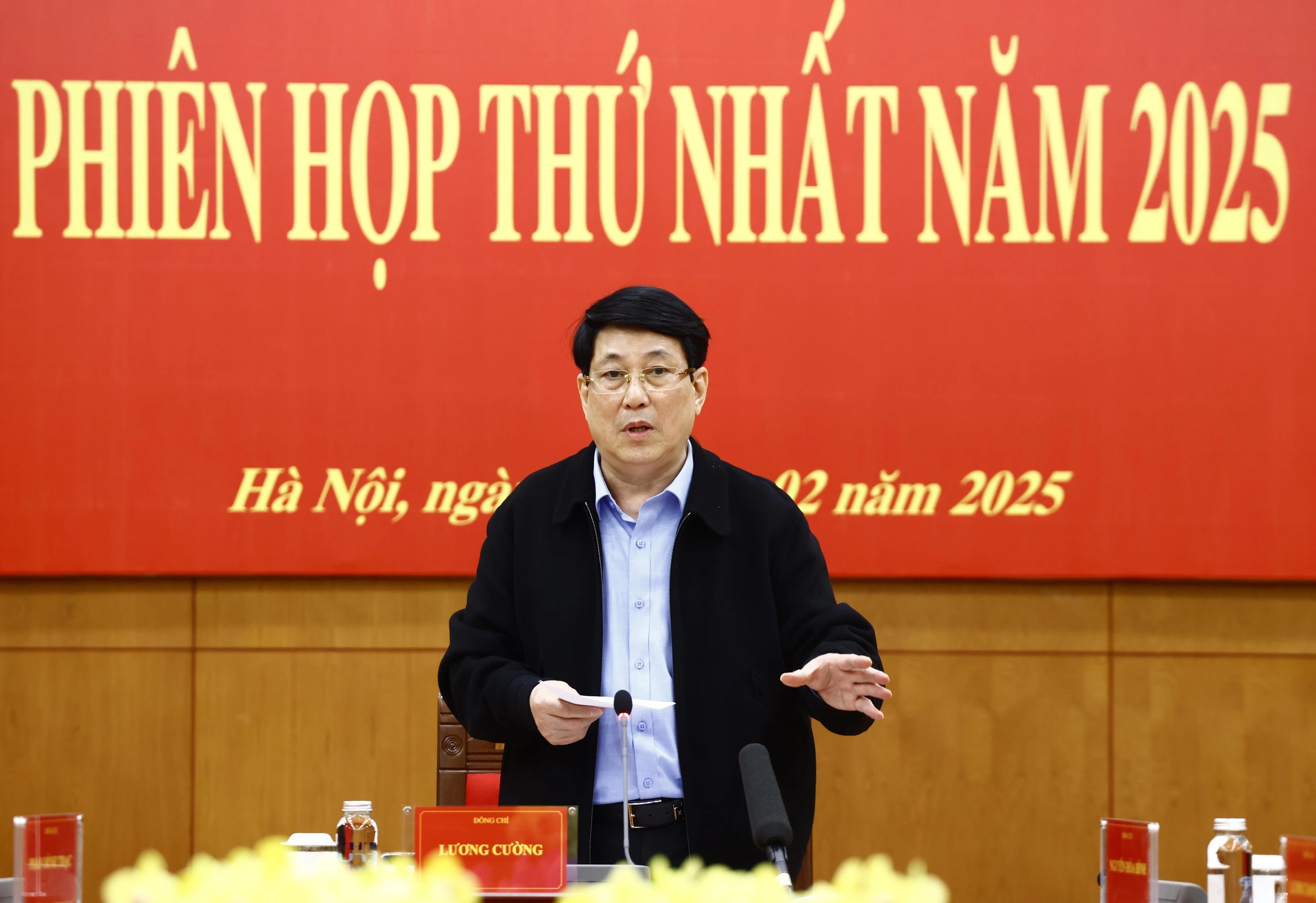

















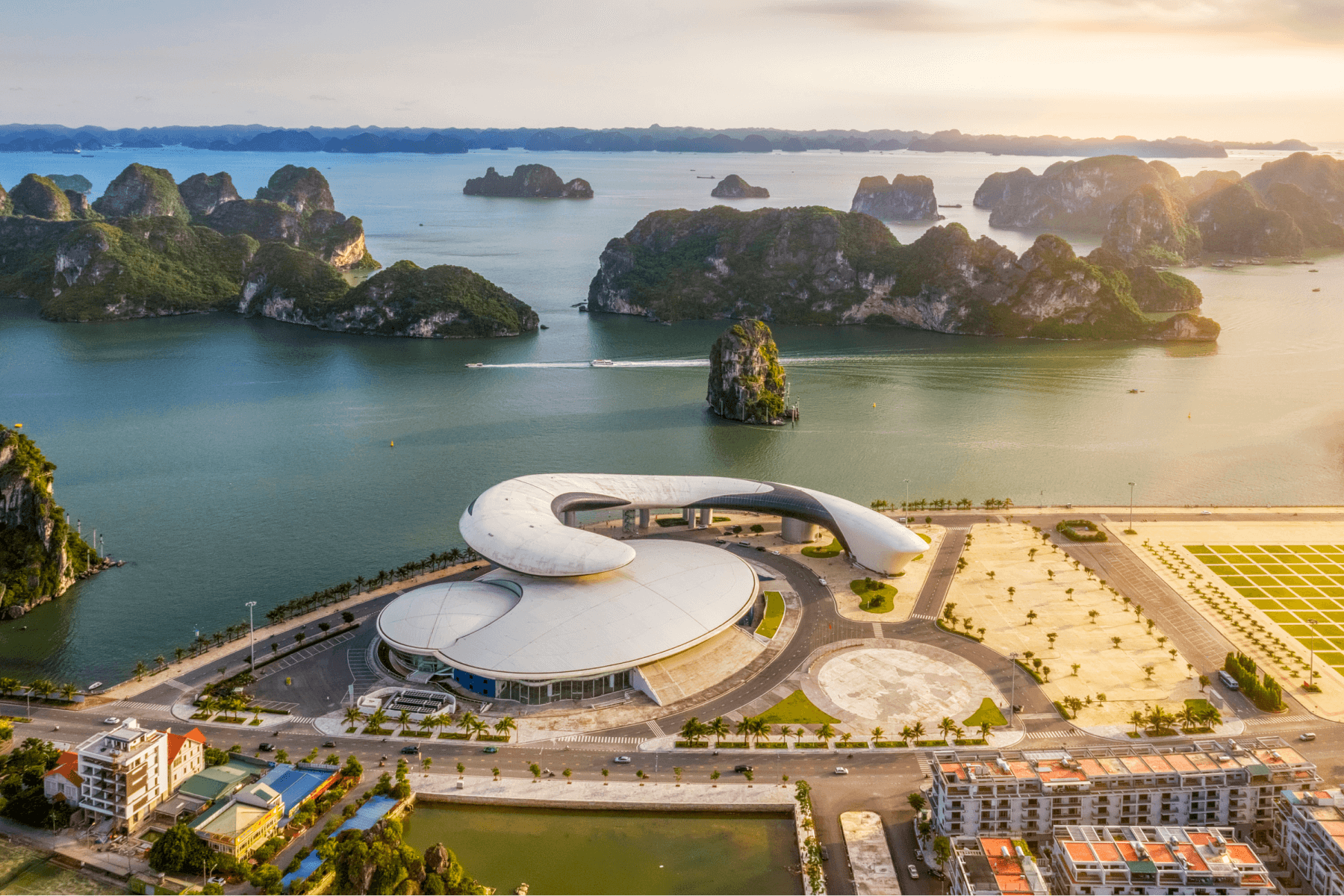
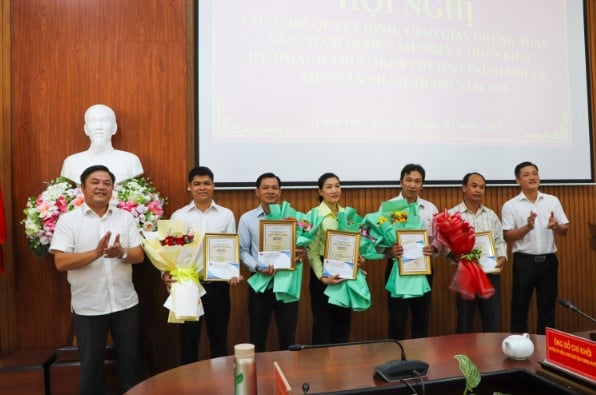
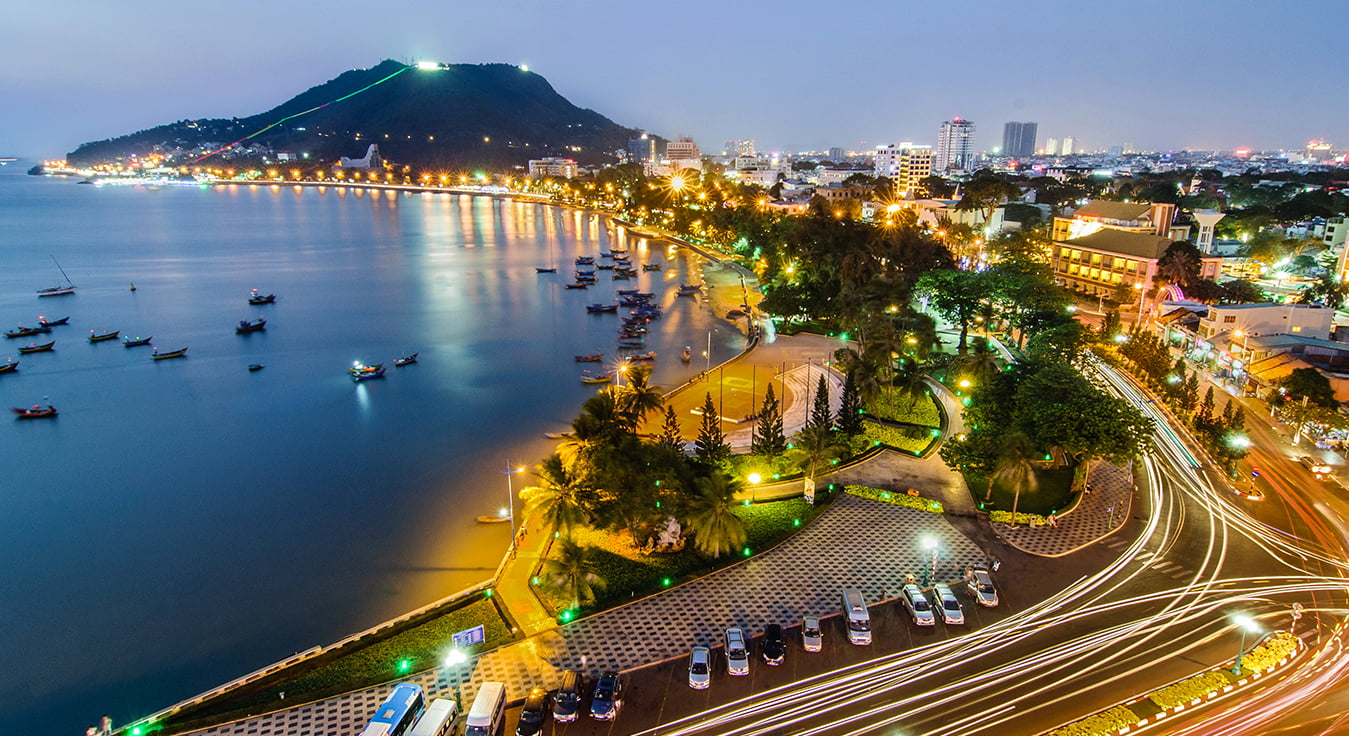
Comment (0)